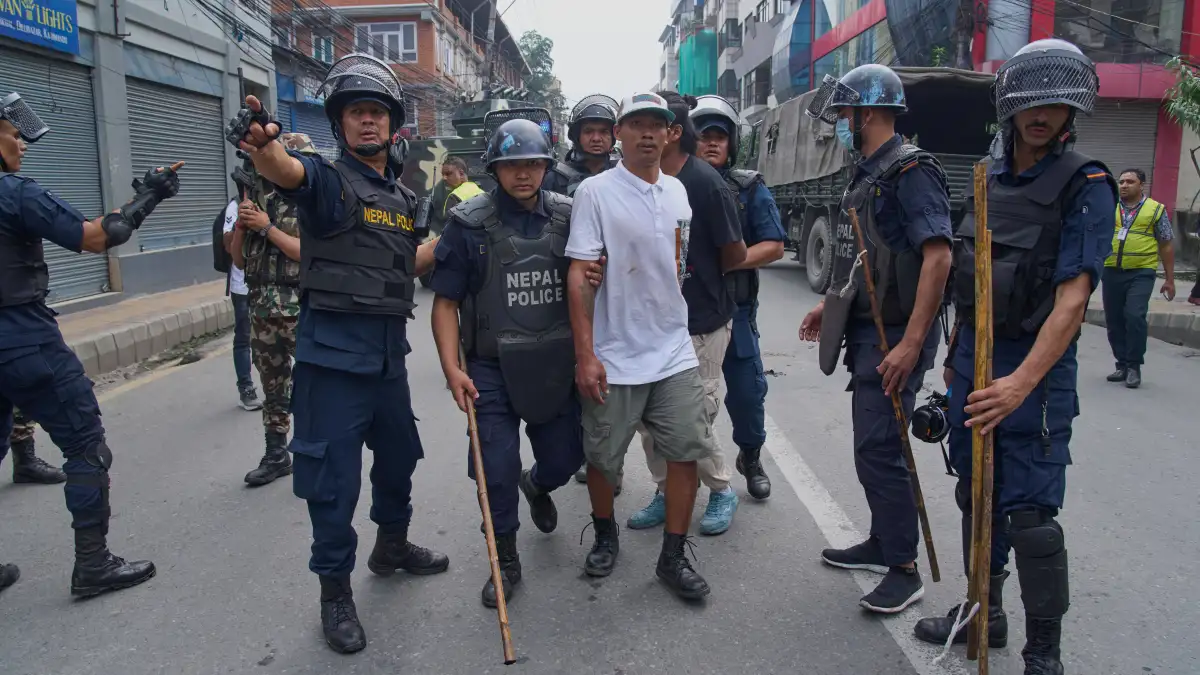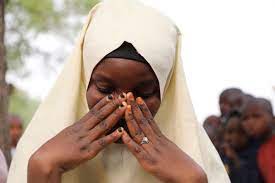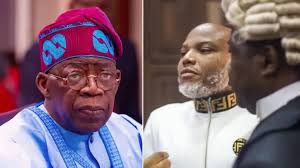
Nepal’s army resumed talks on Thursday with the so-called “Gen Z” protesters to choose an interim leader, following violent demonstrations that left 30 people dead and forced the prime minister to resign.
Soldiers were deployed across Kathmandu as the capital remained tense after its worst unrest in decades. The protests, sparked by a controversial social media ban, turned deadly when police used tear gas and rubber bullets, killing 19 before authorities lifted the ban.
Former Chief Justice Sushila Karki, the first woman to hold the post in 2016, has emerged as the leading candidate to head a caretaker government. Protest leaders have widely endorsed her name. “We see Sushila Karki for who she truly is — honest, fearless, and unshaken,” said Sujit Kumar Jha, a 34-year-old supporter. “She’s the right choice. When truth speaks, it sounds like Karki.”
Karki, 73, has reportedly consented to the role, though legal experts are working to identify a constitutional path for her appointment. Some divisions remain among protesters, with efforts underway to reach a unanimous decision. Karki did not respond to calls for comment.
Army spokesperson Raja Ram Basnet confirmed discussions were ongoing. “Initial talks are on and would continue today. We are trying to normalise the situation slowly,” he said.
Shops, schools, and colleges stayed closed in Kathmandu and nearby districts, though some essential services resumed. Prohibitory orders remain in force, but international flights at Kathmandu airport continued.
The health ministry reported that 1,033 people had been injured in the unrest. Demonstrators, most of them young Nepalis, have been protesting against corruption and limited economic opportunities. The wave of anger saw government buildings and ministers’ homes, including former prime minister K.P. Sharma Oli’s private residence, set on fire.
Businesses were also targeted, with hotels in the tourist city of Pokhara and the Hilton in Kathmandu among those torched.
Faridah Abdulkadiri



